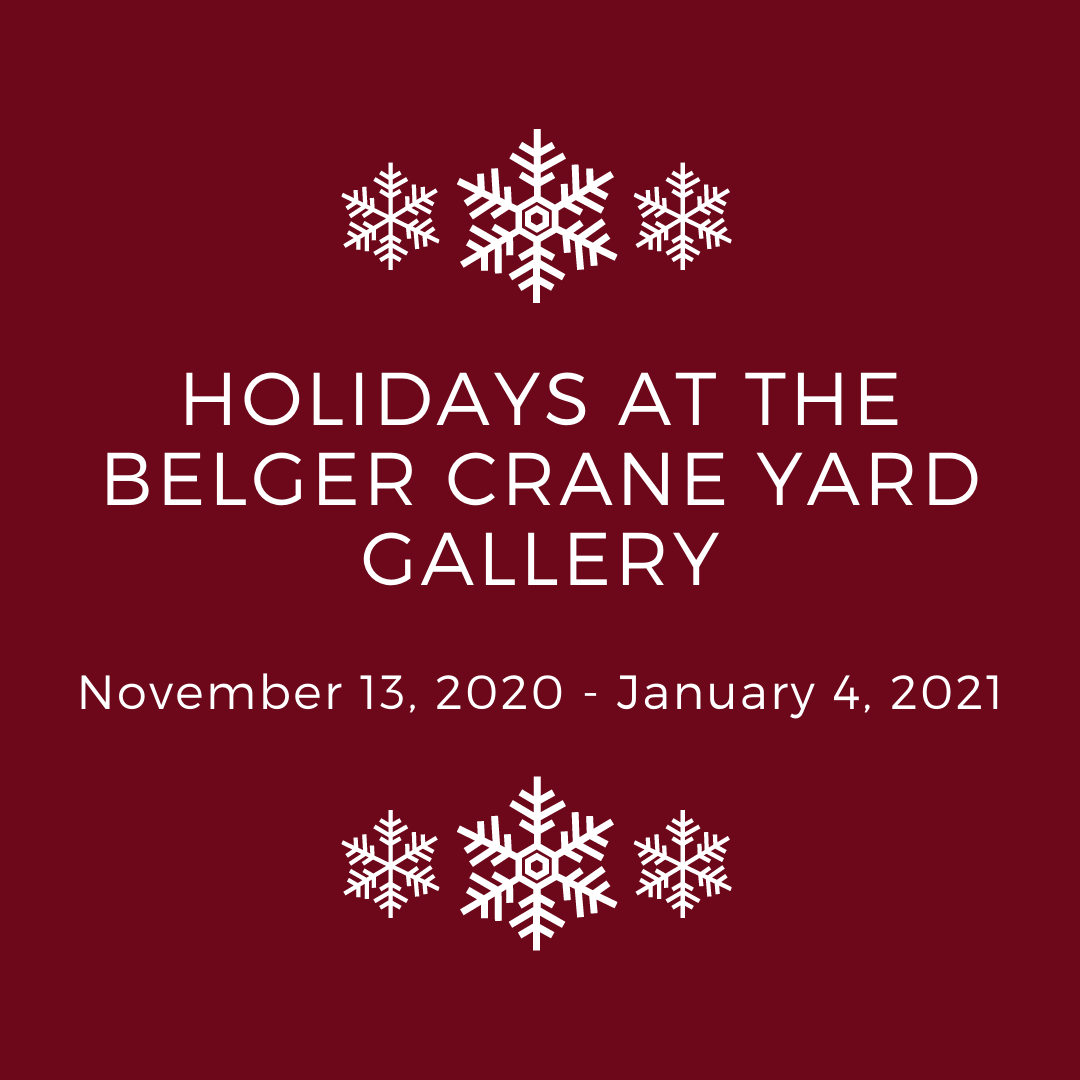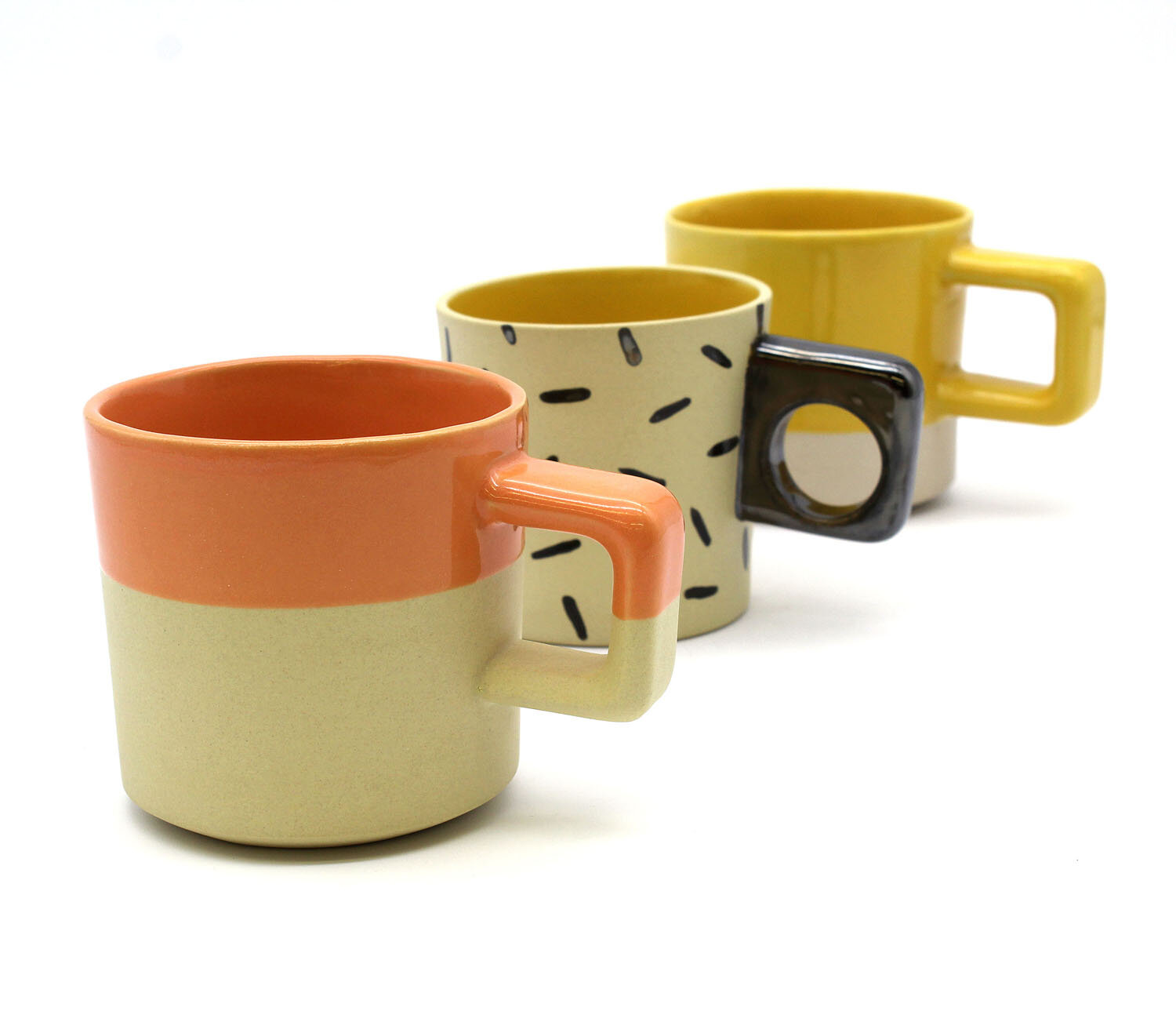Del Norte Studio
Bio
Del Norte Studio is a design studio founded and led by Armando Minjarez in 2015, and currently based in Wichita, Kansas. Ceramic has been their primary material focus, exploring design concepts within the context of public and domestic spaces.
The design process for our ceramic wares is influenced by the aesthetic expressions Armando saw growing up in northern Mexico. Mountainous desert landscapes, colorful colonial towns, and agrarian lifestyles, underlined by a necessity for pragmatic utility. In terms of design, one of our primary interests has been to create sensible ceramic products for everyday use, that also introduce a lightness and humorous vibe to any space.
Del Norte Studio launched their online store in 2019 featuring a selection of contemporary ceramic wares and has since expanded to offer custom ceramic designs through their wholesale services, as well as small-batch tile production. Del Norte Studio original designs can be found locally at Vortex Souvenir and Local Roasters.
Exhibitions
Interview
What would you like us to know about you and the work you make?
Hi! My name is Armando Minjarez, I’m a Mexican-born interdisciplinary artist, designer and community organizer. I have been developing a community-based art practice for the past decade, often guided by themes of displacement, collaboration and empowerment of racialized people in the US, especially in the Heartland. My work has focused on opening space for the development of social change strategy, utilizing creative expression as a vehicle for healing and liberation.
For the last 10 years, I have shaped my work to develop the skills and capacity of artists to foster lasting social change in their community. I facilitate workshops and retreats for artists, activists and community organizers; I develop strategies to highlight the work and narratives of BIPOC, Queer and undocumented artists; I mentor students, budding artists and emerging community leaders as they develop their own initiatives as I continue to design and produce studio-based artwork as a process for introspection and healing.
The demanding work of arts administration and community-based art has often kept me away from the studio, however, this new work marks my first attempt at a drastic shift in my practice from grassroots neighborhood art production to designing domestic objects.
This new ceramic work is heavily influenced by the aesthetic expressions I saw growing up in northern Mexico. Mountainous desert landscapes, colorful colonial towns, agrarian lifestyles defined by utility and the resourcefulness of rural isolation. In terms of design, my primary concerns in the studio have been to be practical and to have lots of fun.
How long have you been a practicing ceramicist?
I’ve been working with clay for almost 15 years, using clay as a prominent material to create sculpture and installation work.
After working in arts administration and programming for several, I launched Del Norte Studio in 2015, marking the beginning of a major shift in my artistic practice designing and creating objects for domestic use and for public space.
How did you come to choose ceramics as one of your disciplines?
Clay, in all its forms, has been a part of life from an early age, making it a very familiar material for me to create, so when I started art school, it was no surprise when I changed my art major from painting to ceramics and sculpture.
Clay is a very humble yet versatile material, that allows me to reproduce an idea with relative ease and agility. It can also call for great care and attention to detail, a process that slows time and forces me to be present and centered.
Can you talk about how this work relates to the community organizing and social practice work you do?
The relationship between this work and my community organizing/social practice is not an obvious one but a much more personal one.
Utilizing my artistic practice to advance social justice issues and disrupt colonized space, like I have been doing for the past decade, can be fulfilling yet emotionally and physically taxing. To be in the studio, engaging in the repetitive and tedious detailed work necessary to craft each ceramic piece, I’m able to practice mindfulness and enjoy long hours of serenity and calm. I find this to be a necessary healing practice to stay engaged in social change work for the long haul.
What role do you feel artists play in our society?
Throughout history, artistic expression has always been at the vanguard of any progressive social change, where change-makers and artists converge to imagine new possibilities for coexistence.
Artists are truth tellers, exploring and translating the human condition. We have the ability to define or redefine our legacy as a people, a huge responsibility and a priceless opportunity to transform our collective future.
The arts have a powerful ability to hold space for personal reflection and collective healing. As a creator often working with racialized and historically oppressed communities, I have prioritized strategies for healing from trans-generational trauma. This line of work is just as important as any progressive policy change.



